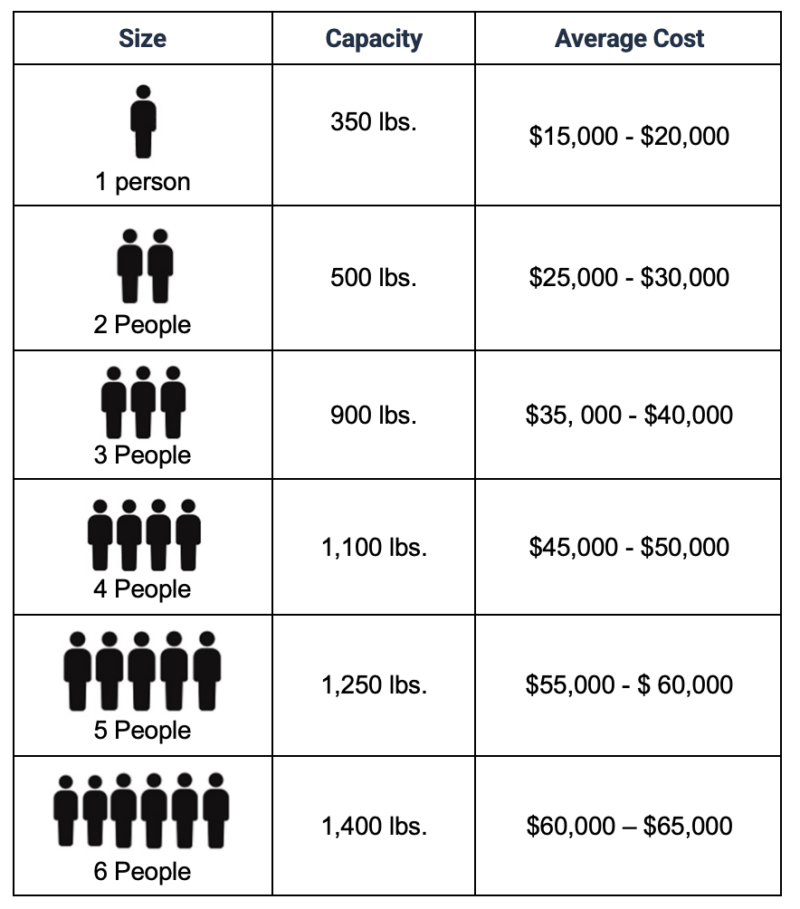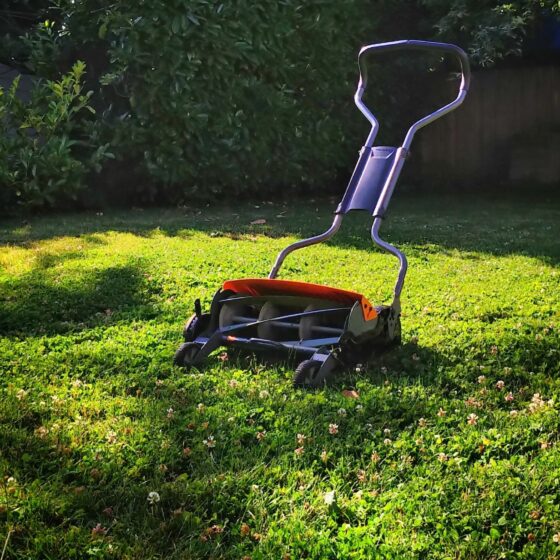Adding a home elevator to your house can be a game-changer. This investment won’t just make going to other floors a breeze. An elevator could also add more functionality, boost your home value, and improve the living conditions of people with limited mobility.
The cost of installing a home elevator should range anywhere from $20,000 to $100,000 on average. The price of installing an elevator in a home would depend on elevator type, home layout, and several other factors, specifically:
- size and capacity
- drive system
- installation and construction
- number of floors
- design
- door or gate
In this article, you’ll gain more insight into these factors and learn the true cost of residential elevators.
Cost Break Down of Home Elevators
Many people consider home elevators as a costly investment. However, it may be more economical than relocating to a single-level home and paying all the accompanying expenses.
Here’s the breakdown of home elevator cost:
Size and Capacity
The size and capacity of the elevator directly impact the project cost. A smaller elevator may be more cost-effective, but it may not be practical. In contrast, a larger elevator may be more expensive but can provide better accessibility and convenience.
Here’s the estimated elevator cost based on size and capacity:
 Drive System
Drive System
When selecting an elevator, the drive system primarily influences the cost. Although various brands offer unique features, the fundamental mechanics are consistent.
Here are the prices of the drive systems to assist you in determining which best fits your needs and budget:5
- Cable Drum Drive System
This type of elevator system costs $15,000 to $35,000 on average. The Cable Drum Drive System is the same system used in commercial structures like offices and condos.
With this mechanism, the cable goes around a drum, which moves the lift up or down. Even though the drum and balance take up more room in a mechanical room, they are often used in home retrofits.
- Hydraulic Drive System
A lift with a hydraulic system costs between $30,000 and $50,000.Hydraulic elevators take up less space and are quieter than those with a wire or chain because they use a big piston under the elevator to raise and lower it.
-
Geared Traction
Elevators with geared traction systems can go between $25,000 and $38,000. These elevators use a pulley system and a gearbox on top. However, they can only travel up to 250 feet and are slower.
-
Vertical Platform Lift
A vertical platform system is an excellent option if you have a split-level home. This drive system costs $5,000 to $20,000.
Vertical platforms move the platform up, similar to how forklifts raise the forks. They are less expensive since they don’t require a shaft or extra space to operate.
-
Outdoor Elevators
If you can’t retrofit an elevator inside your house, an outdoor elevator system can be built on the exterior. This type of drive costs between $2000 and $10,000.
Installation & Construction
Installing a residential elevator is easiest during the construction of a new home, but some may decide later on to have one retrofitted. On average, installing a home elevator costs approximately $19,000 to $20,000.
New Construction
Building a home elevator to your home during construction is the easier and most cost-effective option. This allows architects to incorporate the elevator into the home design, giving homeowners more options for:
- hiding the elevator
- size
- decorative features
When installed during new construction, an elevator can cost between $25,000 to $40,000.
Retrofitting
Even though installing an elevator during construction may seem more convenient, it is still possible to retrofit an elevator into an existing home and achieve great outcomes.
However, to retrofit a new elevator to your home, you’ll need to:
- hire an architect
- build and repair walls
- overhaul electrical panel and wiring
- install new ceilings
- Add new carpentry framing
While each aspect has its own cost, the average cost to retrofit an elevator is $35,000 to $100,000.
Architectural Costs
Hiring an architect when retrofitting your elevator for optimal location and mechanical equipment space is best. Costs vary based on complexity, space limitations, and elevator size, ranging from $2,000 to $9,300.
Labor Cost
If you want to construct an elevator or lift in your home, be prepared to put in a lot of effort, especially if you’re retrofitting an existing structure. Labor costs often range between $500 and $5,000.
However, if a shaft and mechanical room are required, the labor expenses will be more than for a basic vertical lift or outside elevator.
Number of Floors
Residential elevators are typically designed to operate on up to four floors. However, the cost of installation increases with each additional floor. Bear in mind that home elevator installations usually last 1-3 days. This is due to the increased labor and materials required as the elevator travels higher.
For each floor beyond the first, you should budget an additional $5,000 to $15,000. If your home has four floors, you could expect your bill to increase by $15,000 to $45,000.
Design
Customize your home elevator’s style with various finishes and styles to blend seamlessly with your home’s interior and add value to your property.
Here are the most common styles and their average cost:
| Design | Features | Average Cost |
| Modern elevators | Sleek with glass or metal walls | $20,000 to $40,000 |
| Victorian elevators | Classic aesthetic with wood and iron decor | $35,000 to $55,000. |
| Vintage style | Antique look decorated with mahogany or walnut wood | $37,000 to $65,000. |
| Custom Style | Modern glass paneling or wooden Victorian features | $50,000 and up |
Door and Gate
Most elevators have a standard safety gate, but they’re not usually the most attractive design. You can spend up to $25,000 for exterior elevator doors that seamlessly fit in with your home design or a modern, automatic sliding door.
In terms of resale, ensuring the elevator doesn’t stick out like an afterthought addition can be a good investment.
Conclusion
Home elevators offer many benefits to homeowners. However, calculating the total cost can be challenging due to various factors such as size, drive, and style. Ultimately, your property’s size and budget determine the best home elevator for you.
FAQ
Do home elevators use a lot of electricity?
On average, a residential elevator uses about 1 kWh of electricity daily, the same amount of energy that a regular light bulb uses in two weeks. It costs less than $0.10 per day to operate a home elevator.
How long does a home elevator last?
Regular maintenance can extend the lifespan of elevators up to 20-30 years. However, the design, usage, environment, and maintenance frequency can impact their lifecycle, either increasing or decreasing it.
How safe are home elevators?
Home elevators nowadays are designed with multiple safety measures to ensure a high level of safety. They comply with national safety codes and local building codes, making them very safe for use.
Are home elevators worth it?
Investing in a home elevator can benefit homeowners as it makes life easier and reduces strain on the knees and back when moving between floors.


 Drive System
Drive System









